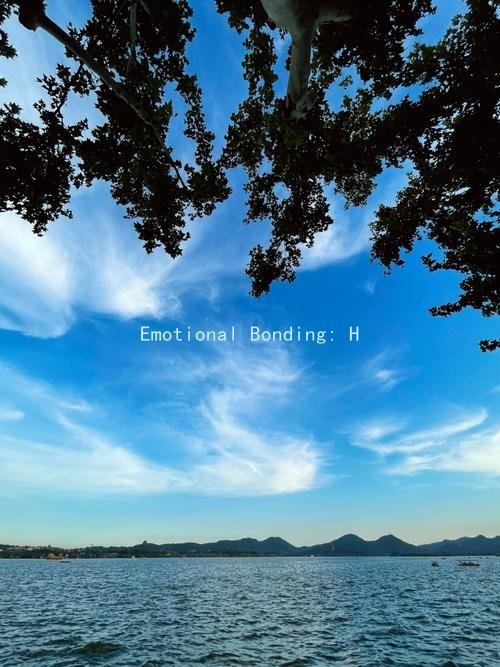Dialogue and Desire: The Art Form in Sexuality for Lasting Bonds
Dialogue and Desire: The Art Form in Sexuality for Lasting Bonds
In the realm of modern relationships, the interplay between communication and intimacy often dictates the health and longevity of a bond. The importance of dialogue in fostering desire cannot be overstated; it is through conversation that partners express their needs, desires, and boundaries, creating a safe space for vulnerability. Effective communication serves as the foundation for attraction, understanding, and ultimately deeper connections.
To begin, initiating meaningful conversations about sexuality requires sensitivity and openness. Many couples shy away from topics related to intimacy due to fear of judgment or misinterpretation. Effective dialogue starts with creating an environment of trust; partners should approach such discussions with patience and an open mind. Phrases like, I feel connected to you when we… or Ive been thinking about how we can explore this together… invite collaboration rather than confrontation. These open-ended questions encourage exploration and discussion without the pressure of immediate answers, fostering an atmosphere of curiosity.
Another key element in enhancing sexual desire through dialogue is active listening. Partners need to be fully present in conversations about intimacy, validating each other’s feelings and desires. Phrases such as, I hear you, or That sounds important to you, not only acknowledge the other persons perspective but also strengthen the emotional connection. Active listening encourages partners to share their feelings more openly, which can lead to a more profound understanding of each others sexual needs and preferences.
Moreover, discussing fantasies, desires, and boundaries is vital for cultivating a rich sexual life. Many people harbor unspoken desires, fearing judgment or rejection from their partners. By using affirmative language, such as I would love to try this together, or What are your thoughts about…?, couples can open the door to novel experiences. This exploration allows partners to feel more liberated and connected, knowing they can share their inner worlds without fear.

Its also important to check in with each other regularly. This can be as simple as asking, How do you feel about our intimate life? or Is there something you would like to try? Regular check-ins not only demonstrate care and consideration but also keep the lines of communication open. This practice can help partners navigate changes in desire and preferences over time, ensuring both partners remain satisfied and engaged.
Conflict resolution is another layer where dialogue proves essential. Disagreements about sexual needs can lead to misunderstandings and resentments if not addressed. Approaching sensitive topics with non-defensive language, such as I feel uncomfortable when… rather than accusatory statements like You always do this, helps maintain a constructive conversation. Framing issues in personal terms encourages partners to better understand each others perspectives without feeling attacked.
Lastly, non-verbal communication plays an equally significant role in the art of desire. Body language, touch, and eye contact can convey affection and attraction beyond words. Complimenting your partner, sharing gentle touches, or simply gazing into each others eyes can enhance the emotional connection. Maintaining awareness of these non-verbal cues during intimate conversations can transform them into moments of closeness and passion.
In conclusion, the art of dialogue about sexuality is fundamental to creating lasting bonds in relationships. By fostering open communication, practicing active listening, and creating an atmosphere of trust, couples can navigate the complexities of desire together. With each conversation, the pathway to deeper intimacy becomes clearer, paving the way for a fulfilling and lasting connection built on mutual understanding and love. The dialogue surrounding sexuality is not just about physical attraction; it is about building emotional bridges that sustain relationships through the ebbs and flows of life.





